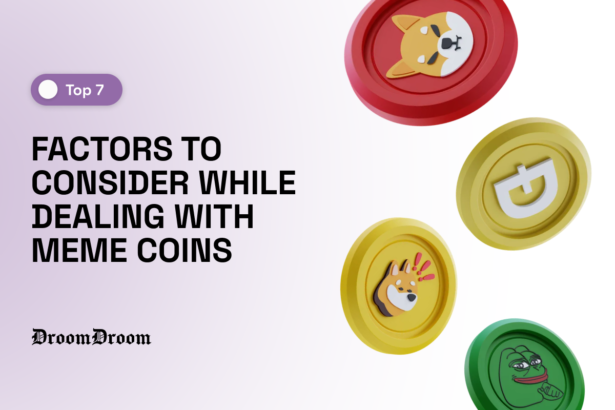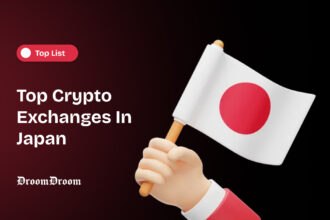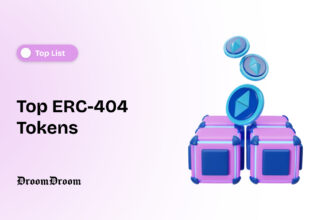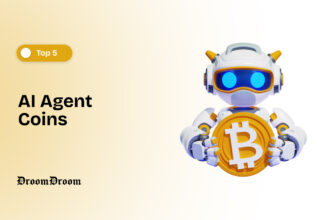If you’ve been hearing about these cryptocurrencies that seem to explode in value overnight, you’re not alone.
- What Are Meme Coins?
- Why Do Meme Coins Exist?
- Who Is Involved?
- When Did Meme Coins Become Popular?
- Where Are Meme Coins Traded?
- Top Factors to Consider While Dealing with Meme Coins
- 1. Market Volatility
- 2. Community and Social Media Influence
- 3. Who Is Behind the Project?
- 4. Tokenomics and Supply
- 5. Liquidity and Exchange Listings
- 6. Regulatory Environment
- 7. Scams and Fraud
- Conclusion
Meme coins are cryptocurrencies that originate from internet memes or viral trends. Unlike established cryptocurrencies like Bitcoin or Ethereum, which aim to solve real-world problems or offer technological advancements, meme coins often start as jokes or parodies without inherent utility.
Meme coins are a fun yet risky corner of the crypto universe, and they’ve captured the imagination of investors everywhere. But—before diving into this space, it’s important to know what you’re getting into, right?
In this article, we’re going to take a friendly, conversational journey through the top factors you should keep in mind when dealing with meme coins. Whether you’re a seasoned investor or just curious, buckle up because we’ll make this ride as smooth and enjoyable as possible. Ready? Let’s dive in!
What Are Meme Coins?
So, you might be wondering: What even are meme coins? Well, they’re cryptocurrencies that stem from internet memes or viral trends. If you’re imagining Dogecoin and its cute Shiba Inu mascot, you’re on the right track!
Unlike Bitcoin or Ethereum, which solve real-world problems, meme coins often start as jokes or fun community projects. They’re not usually designed to change the world, but they sure do create a buzz online!
Dogecoin (DOGE) is one of the earliest meme coins, created in 2013 as a lighthearted take on the cryptocurrency craze, featuring the Shiba Inu dog from the “Doge” meme as its mascot.
Why Do Meme Coins Exist?
Meme coins capitalize on the power of community and social media. They thrive on hype, humor, and the collective enthusiasm of their supporters. The low entry barriers and potential for astronomical returns attract a wide range of investors.
Who Is Involved?
- Creators: Often anonymous or pseudonymous developers who launch the coin, sometimes as a joke or social experiment.
- Investors: Individuals ranging from seasoned traders to newcomers enticed by success stories of massive returns.
- Community: The driving force behind a meme coin’s popularity, including social media influencers and online forums.
When Did Meme Coins Become Popular?
The meme coin phenomenon gained significant traction around 2020 and 2021, during the broader cryptocurrency market boom. High-profile endorsements and viral social media campaigns contributed to their rise.
Where Are Meme Coins Traded?
Meme coins can be bought and sold on various cryptocurrency exchanges:
- Centralized Exchanges (CEXs): Such as Binance and Coinbase, which may list more established meme coins.
- Decentralized Exchanges (DEXs): Like Uniswap or PancakeSwap, where newer or less-known meme coins are often available.
Top Factors to Consider While Dealing with Meme Coins
Now you have a sense of what meme coins are and who’s involved. Let’s shift gears and start talking about the real meat of the matter—what you need to consider before diving
1. Market Volatility
Meme coins are notorious for extreme price swings. Their value can skyrocket overnight due to a viral tweet or plummet just as quickly when the hype fades.
- Risk Assessment: Only invest money you can afford to lose.
- Diversification: Spread investments across different assets.
- Stop-Loss Orders: Set predetermined sell points to limit losses.
2. Community and Social Media Influence
A strong, active community can drive a meme coin’s success through collective promotion and engagement.
Platforms like Twitter, Reddit, and TikTok can amplify trends, making or breaking a meme coin’s popularity.
How to Assess Community Strength
- Engagement Levels: Monitor activity on social media channels.
- Sentiment Analysis: Gauge the overall mood and opinions within the community.
- Influencer Support: Endorsements from notable figures can impact value.
3. Who Is Behind the Project?
Investigate the development team:
- Transparency: Are the developers known and credible?
- Track Record: Do they have experience in blockchain or technology?
A clear roadmap indicates ongoing development and commitment.
4. Tokenomics and Supply
Meme coins often have huge supplies, which can dilute value.
- High Supply: Can lead to lower prices per coin, requiring significant demand to drive up value.
- Burn Mechanisms: Some coins burn (destroy) tokens to reduce supply and potentially increase scarcity.
5. Liquidity and Exchange Listings
Liquidity is vital for buying and selling meme coins without causing significant price fluctuations, while exchange listings on reputable platforms can boost both the credibility and accessibility of a coin.
To evaluate liquidity, you should look at the trading volume—higher daily volume suggests better liquidity—and the order book depth, which indicates that larger trades can be executed without causing major price changes, ensuring smoother transactions.
6. Regulatory Environment
Cryptocurrency regulations vary by country and can affect meme coin legality and trading.
- Compliance Risks: Non-compliant coins may face bans or delistings.
- Investor Protection: Lack of regulation can leave investors vulnerable to fraud.
7. Scams and Fraud
Scams in the meme coin space are unfortunately common, with two of the most prevalent being pump and dump schemes—where coordinated buying artificially inflates the price, followed by a sudden mass sell-off, leaving late investors with losses—and rug pulls, where developers abandon the project after collecting investors’ funds.
To avoid falling victim to these scams, it’s crucial to conduct thorough due diligence by researching the project’s credibility and watching for red flags such as anonymous teams, unrealistic promises, or a general lack of transparency.
Conclusion
Dealing with meme coins requires a careful balance of optimism and caution. While the allure of significant returns is enticing, it’s crucial to approach these investments with thorough research and a well-defined strategy. By considering the factors outlined above—ranging from market volatility and community influence to security and regulatory concerns—you can make more informed decisions in the unpredictable world of meme coins.
Remember, the key to navigating this volatile market is due diligence, risk management, and staying informed. Whether you’re a seasoned trader or a newcomer, understanding these critical factors will help you approach meme coins with the prudence necessary to safeguard your investments.



















